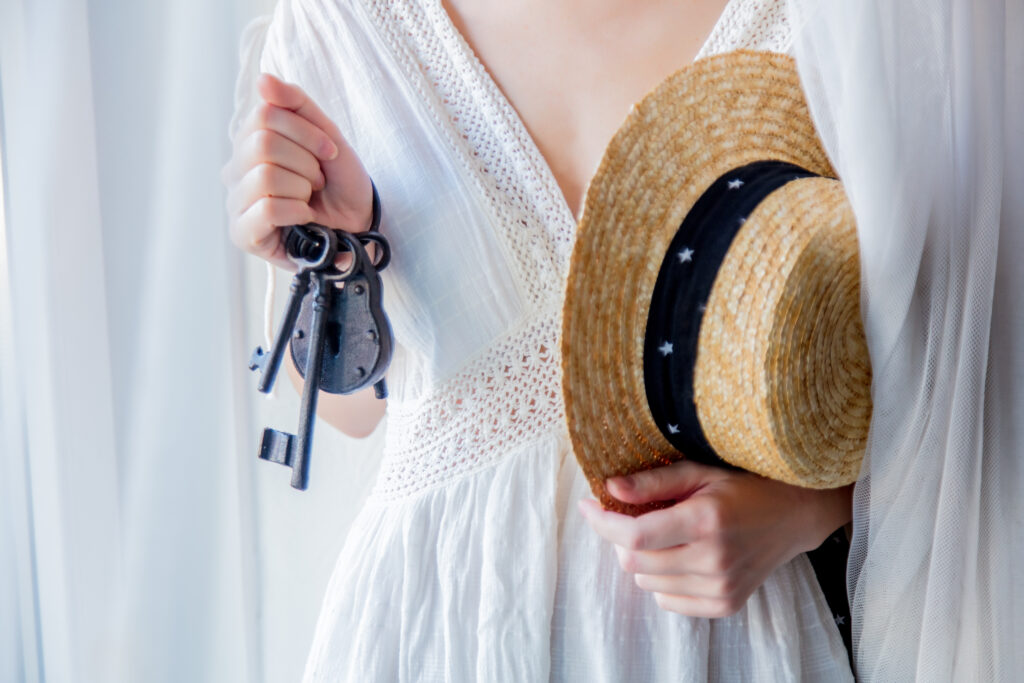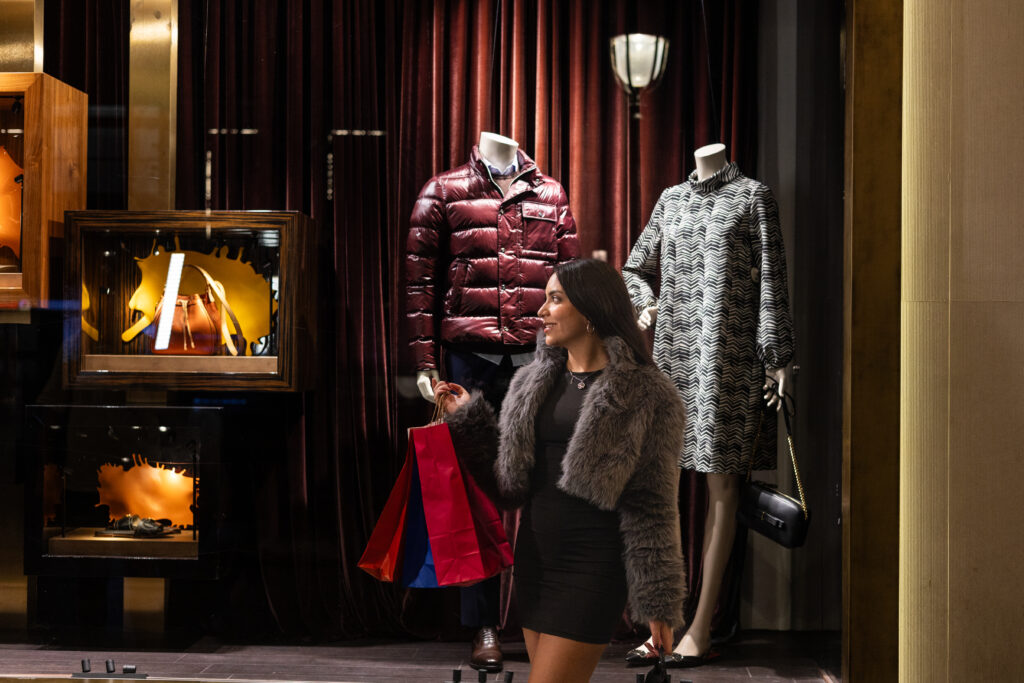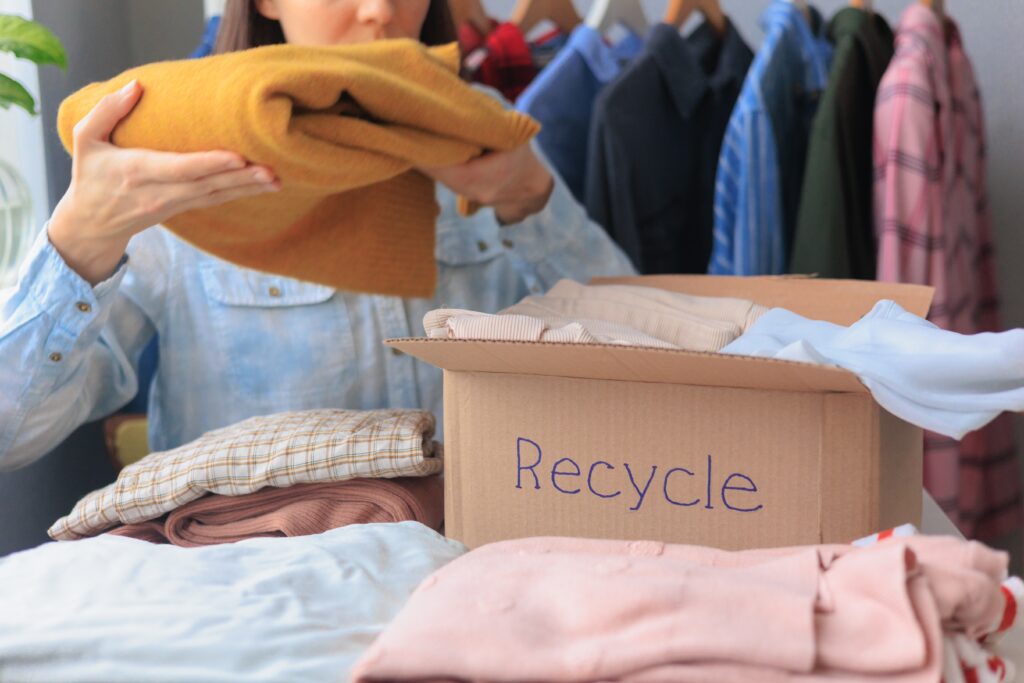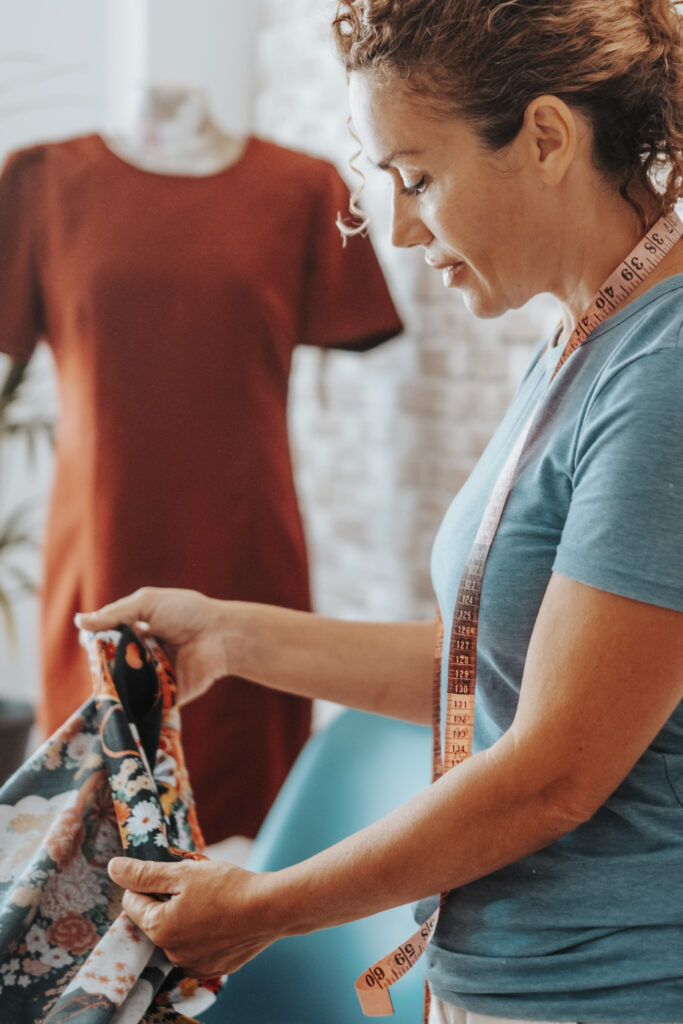
Den luxury refers to an approach in fashion or lifestyle in which luxury is expressed through subdued, subtle elements that often go unbranded — rather than flashy logos or eye-catching design elements. Hidden luxury emphasizes refined quality craftsmanship and timelessness that may only be recognized by those “in the know”.
Hidden Luxury Element Description: Low or no branding signifies modest wealth; high-quality fabrics such as cashmere, silk, or fine wool demonstrate this fact.
Tailored fits Clothes tailored specifically for flattering without drawing attention are known to have tailored fits, with clothing cut perfectly to fit without drawing attention. Natural color palettes (such as earth tones, monochromes, and soft hues ) prevail, whilst discreet craftsmanship details like hand-stitched seams or custom buttons remain hidden to the casual observer.
Heritage brands typically represent well-established products (e.g., Loro Piana, The Row, and Brunello Cucinelli).
Philosophy
Hidden luxury refers to stealth wealth or quiet luxury — the idea that true elegance doesn’t require being shown off; rather, it involves wearing your wealth in a manner that emphasizes comfort over flashiness. It means placing more importance on how something fits than its obvious cost.
Examples of Hidden Luxury Brands

Examples include The Row, Loro Piana, Brunello Cucinelli, Jil Sander, Gabriela Hearst, Khaite, and Bottega Veneta (pre-2020). In Everyday Style –
An elegantly tailored blazer without any labels visible
These soft and heavyweight tees offer maximum drape.
These sleek leather loafers feature hand-stitched soles.
Wear your cashmere scarf in subdued hues with pride, for an understated yet confident look.
What is upcycled clothing?

Upcycled clothing refers to garments, boutiques created by upcycling old, damaged, or unwanted textiles into more beautiful, unique, and fashionable material without degrading their quality, giving these materials new lives! As opposed to recycling, which breaks materials down further over time, upcycling affords materials an extended shelf life while recycling often degrades them over time, thus giving upcycling its name.
Key Features of Upcycled Clothing

The environmental benefits associated with upcycling apparel can reduce textile waste while conserving resources by prolonging a garment’s, boutiques lifecycle, while creative & unique pieces often consist of small batch production that feature visible handwork, stonework patching, or reconstruction techniques.
Handcrafted fashion typically workers techniques such as sewing, dyeing, embroidery, or reconstruction.c Upcycled clothing fashion appeals to consumers who prioritize ethics, sustainability, and individuality.
Common Examples include recycled denim jackets.
Created using old T-shirts or curtains, a tote bag made from them provides an additional means of recycling waste products while adding style.
Created using fabric remnants from other garments.
Hoodie created from multiple upcycled sweaters.
Upcycled clothing matters because it addresses various environmental, ethical, and creative challenges within the fashion industry. Here’s why it deserves consideration:
1. Reduce Waste Soaring Fashion industry waste disposal is estimated to send millions of tons to landfills every year, creating significant environmental degradation and pollution problems.
Upcycling clothing provides garments a second life and drastically decreases textile waste.
2. Conserving Resources
Producing new fabrics requires significant resources such as water, energy, and chemicals.
Upcycling reduces the consumption of natural resources like cotton, which requires water for production.
3. Reduces Carbon Emissions
Less manufacturing = fewer greenhouse gases produced.
Expanding the lifespan of existing clothing helps lower fashion’s environmental footprint.
4. Encourage Ethical Consumption
Encourage mindful shopping over fast fashion.
Small designers, local artisans, or DIY communities focused on ethical labor practices and creativity are often best equipped to carry out these endeavors.
5. Stimulates Individuality and Creativity
Upcycled pieces often offer something special or one-of-a-kind that speaks directly to their owner’s personality or creativity.
Design can foster an atmosphere of self-expression and innovative problem-solving in its environment.
6. Promotes a Circular Economy
Upcycling is a form of circular fashion in which products are extended in use as much as possible, prolonging their useful lifecycle.
Transforming the conventional “take-make-waste” model into an ecological, sustainable system is crucial.